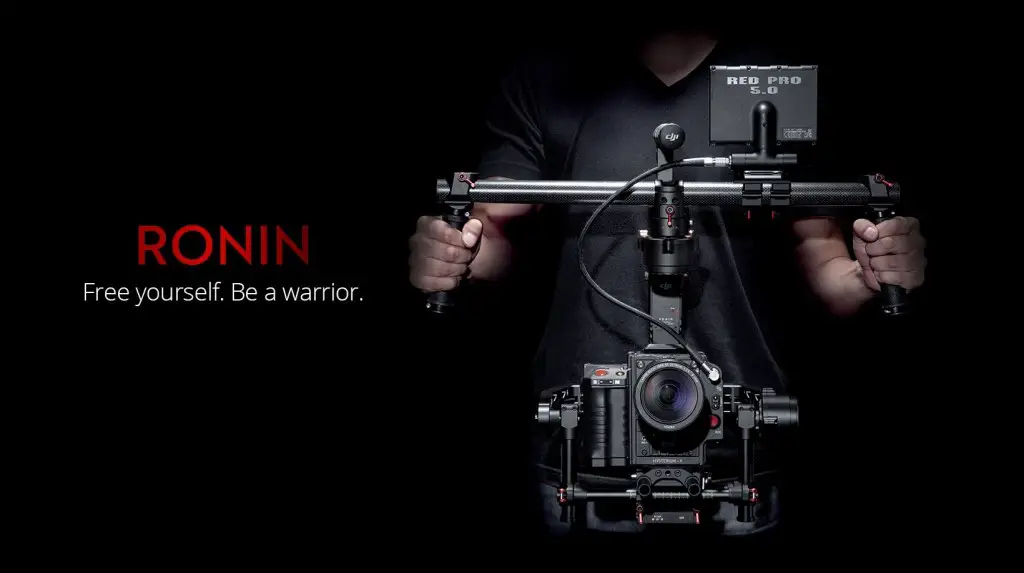The 3-axis motorized stabilizers already revolutionised the industry with the advanced gyroscope technology used in their design.They are leaps and bounds ahead of the competitive tools on the market dedicated to the controlled and smooth, professional shooting relying only on purely mechanical balancing techniques.
DJI Ronin, as most of the 3-axis motorised gimbals, uses brushless motors to stabilize the attached camera that work on three axes: one for side-to-side “roll” – keeping the horizon level – one for tilt, and one for the pan.The gimbal can be configured in less than 5 minutes using a companion smartphone app, which enables auto calibration after balancing the camera and can be easily controlled by a single operator. Furthermore, the DJI Ronin gimbal supports dual-operator mode as well. In this mode, a second operator would use the included radio controller to control manually camera pan and tilt independently of the way the Ronin moves.
The next in-depth video, part of the The Camera Store TV series, reveals the basic advantages of the DJI Ronin over the very popular Glidecam HD 2000.
It’s obvious that you can flawlessly switch among numerous camera configurations calibrating the DJI Ronin in a couple of seconds compared to balancing the Glidecam. With the Glidecam only a minor tweak or simple adjustment of the lens on your camera would add another 5-10 minutes to perfectly balance the rig again.
Further, the Ronin provides extremely flexible payload range where you can put up cameras and gear up to 16 pounds, compared to the Glidecam HD 2000 that can handle cameras in the 2-6 pounds range only. If you need a bigger payload you should definitely consider the Glidecam HD 4000 as it can carries up to 10 pounds of gear.
As any other electronic device, DJI Ronin needs power supply in order to operate. The good news here is that with the smart battery that comes with the gimbal you can fly with it for 4 hours on average, especially if you’re shooting with a smaller cameras such as the Sony A7S or the Panasonic GH4. In terms of price, the DJI Ronin is definitely more expensive with a retail price of $2,999 while you can purchase the Glidecam HD 2000 for a sixth of that price.

Don’t get me wrong, though. The Glidecam HD 2000 is a powerful tool with a great price point, however you should keep in mind the results that can be accomplished with it are extremely dependent on the skill set and experience of your operator. On the other hand, the DJI Ronin could provide excellent results straight out of the box. You still need some practice and minor software adjustments to get the desired smooth shots, however, it is a lot easier to master the Ronin compared to the Glidecam.
According to Jordan Drak from The Camera Store TV, the DJI Ronin is a really well-build and reliable professional tool that already has become part of his tool set. However, he explains that the initial settings of the gimbal taken out of the box are not optimised for the best possible performance while operating, so it definitely needs some additional software tweaks before it’s ready for shooting.
Ultimately, if you are in the market for an affordable industry-standard and well-made handheld gimbal, but you don’t have the money to afford the Movi M10 or Movi M5, the DJI Ronin might easily turn into your favourite handheld stabilizer giving you all the quality and professional features that you need at a fraction of the cost.
Disclaimer: As an Amazon Associate partner and participant in B&H and Adorama Affiliate programmes, we earn a small comission from each purchase made through the affiliate links listed above at no additional cost to you.


